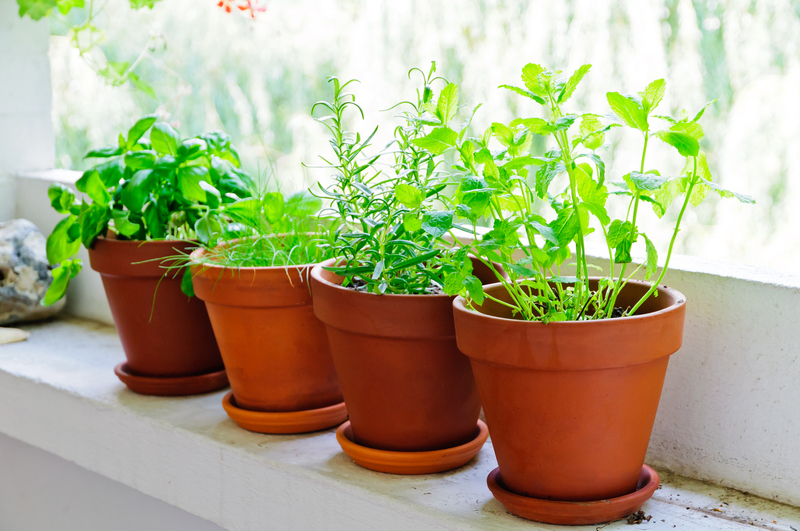Taming Ivy: Strategies for Lasting Control
Posted on 27/07/2024
Ivy is a robust and resilient plant that can add a picturesque quality to walls and garden spaces. However, its invasive nature can quickly turn it from a charming addition to a relentless pest. To tame ivy and maintain lasting control, a systematic approach is crucial. This article will provide you with strategies to effectively manage and control ivy growth.
Methods for Controlling Ivy Growth
Ivy control requires a multi-faceted approach. Here are some proven methods:
Physical Removal
The most direct method of controlling ivy is physical removal. Start by cutting the vines at the base, then proceed to pull the roots out of the ground. Be thorough to ensure you get the entire root system, as even a small remnant can allow the ivy to regrow.
Chemical Control
When physical removal is not enough or feasible, chemical herbicides can be effective. Look for herbicides containing glyphosate or triclopyr, which are known to target ivy specifically. Always follow the manufacturer's instructions to avoid harming other plants and the environment.
Mulching
Applying a thick layer of mulch can suppress ivy regrowth by blocking sunlight. Organic mulches such as wood chips or straw are excellent choices. Mulching not only controls ivy but also improves soil health.

Long-Term Strategies
Maintaining control over ivy is an ongoing process. Here are long-term strategies to keep ivy in check:
Regular Monitoring
Periodic inspection of your garden or yard is essential. Look for new ivy sprouts and remove them promptly. Early intervention is key to preventing the ivy from becoming unmanageable.
Plant Competition
Introducing competitive plants can inhibit ivy growth. Ground covers like pachysandra or periwinkle can outcompete ivy for resources. Additionally, maintaining a healthy lawn can prevent ivy from encroaching.
Barrier Installation
Physical barriers can prevent ivy from spreading. Install edging around garden beds or use landscape fabric to create a barrier. This can be particularly effective along property lines or in areas where ivy tends to invade.
Pros and Cons of Ivy Control Methods
Each method of ivy control has its benefits and drawbacks:
- Physical Removal: Effective but labor-intensive. Requires ongoing maintenance.
- Chemical Control: Quick and effective but potentially harmful to other plants and the environment.
- Mulching: Environmentally friendly and improves soil health but may need regular replenishment.
- Regular Monitoring: Prevents large-scale infestations but requires consistent effort.
- Plant Competition: Sustainable and organic but might not be effective in heavily infested areas.
- Barrier Installation: Long-lasting but can be costly and labor-intensive to install.
Tips for Effective Ivy Control
- Combine multiple methods for best results.
- Wear protective clothing when handling ivy, as its sap can cause skin irritation.
- Dispose of ivy properly to prevent it from re-establishing.
- Consider professional help for large-scale infestations.
- Be patient and persistent; controlling ivy takes time and effort.

Key Takeaways
Controlling ivy is a multifaceted task that requires a combination of physical, chemical, and preventative methods for lasting results. Regular monitoring and maintenance are essential to keeping ivy in check. Each method has its pros and cons, so it's important to find the right balance for your situation.
Conclusion
Taming ivy is a challenging but attainable goal with the right strategies. By understanding the nature of ivy and employing a combination of control methods, you can keep this invasive plant in check and enjoy a healthier, more manageable garden. With patience and persistence, lasting control of ivy is within reach.



